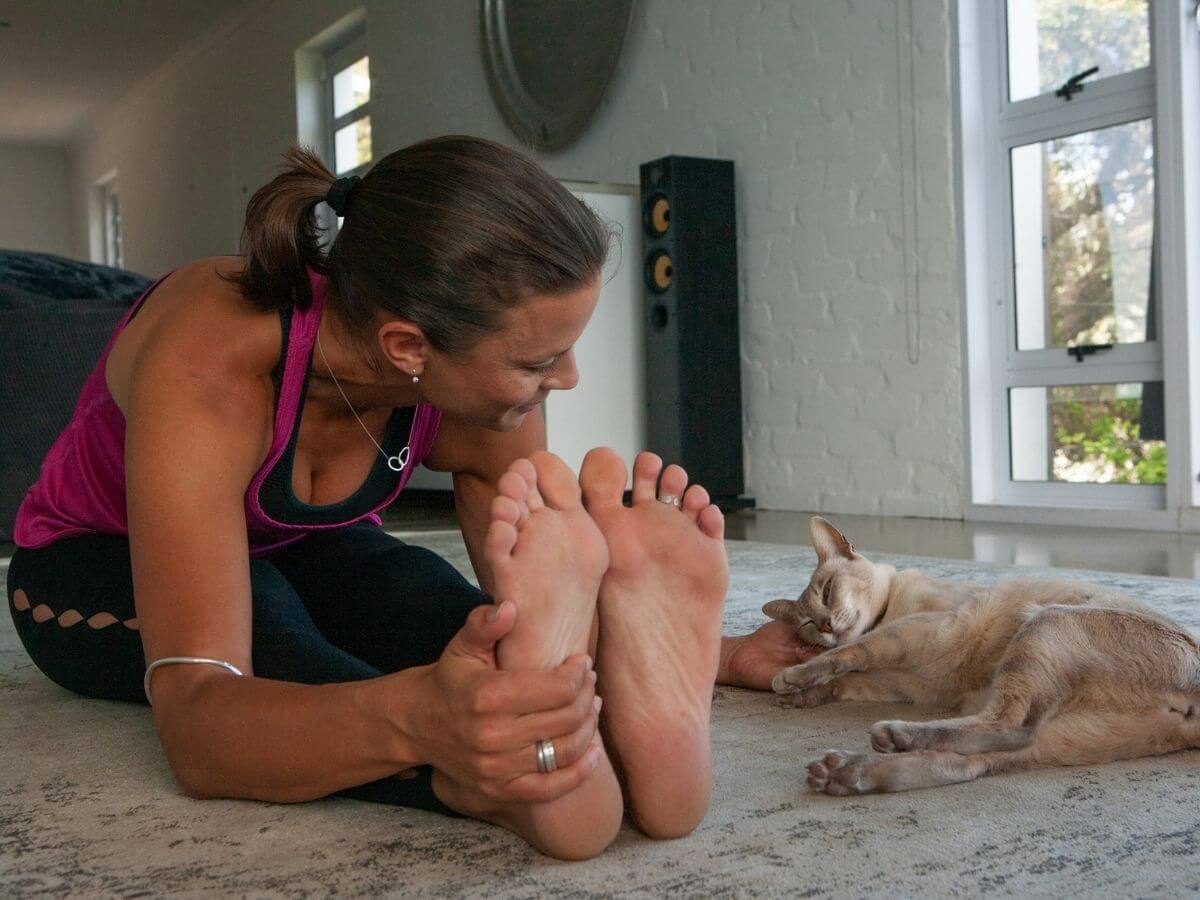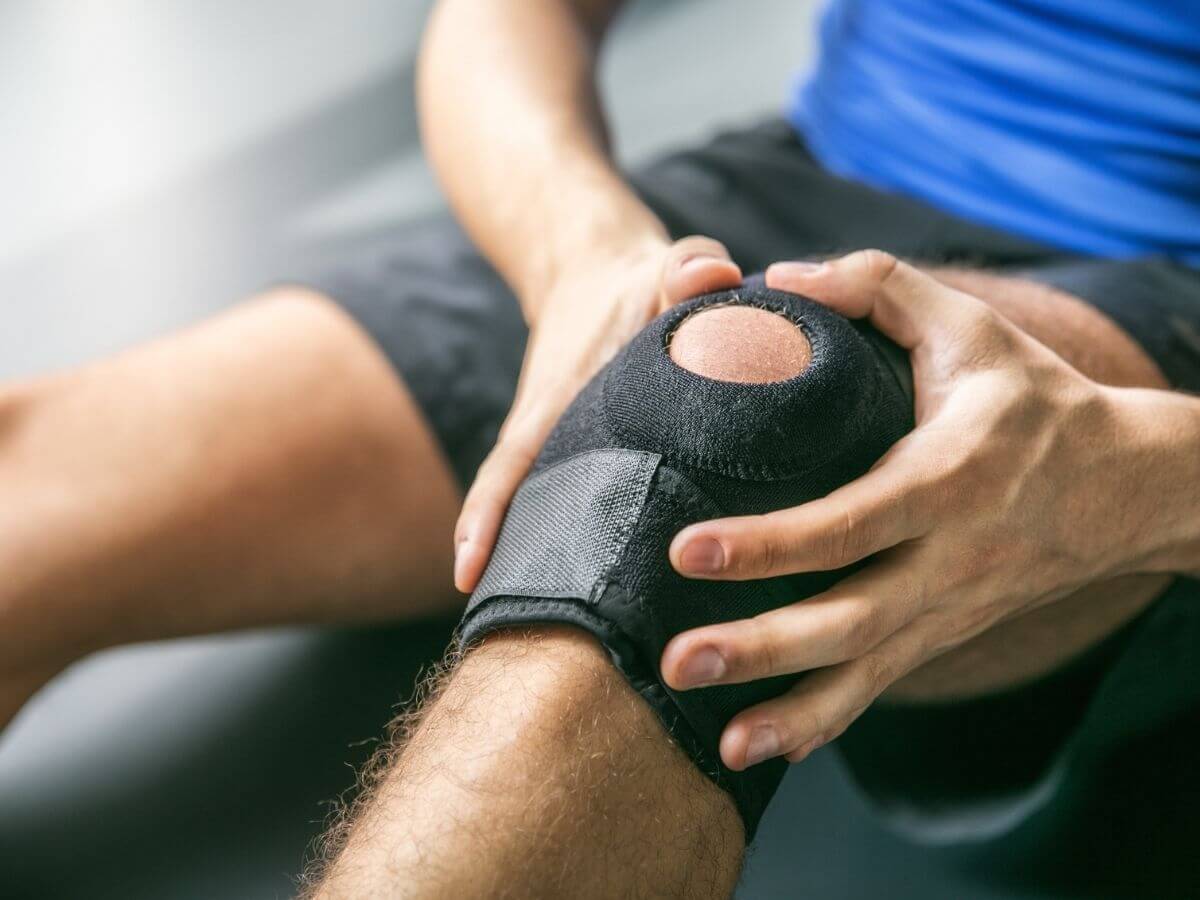Exercises for Preventing Hamstring Injuries

Three muscles on the back of the thigh — the semitendinosus, semimembranosus, and biceps femoris — are collectively known as the hamstring muscles or simply the hamstrings. They enable you to extend your thighs at the hips and bend your knees.
These powerful, hard-working muscles are subject to injury, particularly in sports activities. However, there are steps you can take to increase the strength and flexibility of these muscles to prevent injuries.
What Are the Different Types of Hamstring Injuries?
If you’ve suffered a torn hamstring or a pulled hamstring, you know that it’s a painful injury that can take a long time to heal. Typically, a hamstring tear or pull occurs during one of two types of activities: sprinting (as in track and field or any team sport) or stretching (as in kicking motions).
Hamstring injuries are categorized into three grades:
- Grade 1 (mild) hamstring injuries involve overstretching of the hamstrings with no tearing of muscle fibers. You might not be aware of the injury until after the activity is over. It may cause pain and tightness later, but typically no significant loss of muscle flexibility or strength.
- Grade 2 (moderate) hamstring injuries cause partial tearing of one of the hamstring muscles. Pain is typically felt immediately, and there can be a loss of muscle flexibility and strength.
- Grade 3 (severe) hamstring injuries involve the complete tearing of the muscle. The pain is sudden, sharp, and severe. Using the leg at all causes pain, and surgery may be required to repair the damage.
If you experience pulled or torn hamstring symptoms, it’s important to address them as advised by a doctor or athletic trainer so that you don’t worsen the injury.
Never Miss a Beat
Get the health and wellness news that matters most delivered straight to your inbox. Subscribe to our free email newsletter to stay up-to-date on the latest news and more.
What Can You Do to Prevent a Hamstring Injury?
Hamstring injuries are painful, and the typical pulled hamstring recovery time is lengthy, so it’s best to prevent injuries if possible. There are several exercises you can use to increase the strength and flexibility of your hamstrings. Which exercises you use will depend on factors like the type of activities you participate in, the amount of exertion your hamstrings will experience during those activities, etc.
A few examples of hamstring strengthening exercises include:
- Lying leg curls. Lie face down on a leg curl machine with the back of your ankles underneath the pad and your hips resting on the support. Bend your knees rapidly to bring your heels up, then slowly lower to the starting position. Repeat as appropriate for your fitness level and goals.
- Hamstring slides. Lie on the floor on your back with your legs bent at 90 degrees. Your heels should be under your knees and on workout sliders. Or you can wear socks and do the exercise on a hard floor surface at home. Raise your hips and move your heels away from your body until your legs are nearly straight. Pull your heels back to the starting position and repeat.
- Single-leg stability ball curl. Lie on your back with both feet on a stability ball. Raise your hips and bend one knee to pull that foot off the ball. Bend the other leg to pull the ball toward your body. Reverse the movements and repeat.
Examples of hamstring stretches include:
- Hurdler stretch. Sit on the floor with your legs straight in front of you. Bring the sole of one foot in to rest against the side of your thigh. Lean forward slowly to give your hamstrings a good stretch, then return your torso to the upright position. Stretch each leg multiple times as needed.
- Hip flex. Stand in front of a chair. Put the heel of one foot onto the chair with your leg straight and your foot at a 90-degree angle to your leg. Slowly lean forward, attempting to touch your fingertips to your toes. Hold the stretch briefly, then return to the starting position. Stretch each leg multiple times as needed.
- Standing hamstring stretch. Stand and cross your right foot in front of the left so that both feet are flat on the floor with their outside edges touching. Keeping your knees straight, bend at the waist, moving your head toward your right knee. Hold this position for up to 30 seconds, then return to the starting position. Stretch each leg multiple times as needed.
Hamstring Injury Prevention Is Worth the Effort
It takes a little time and effort to increase the strength and flexibility of your hamstrings. But it’s worth it to decrease your risk of a pulled hamstring or torn hamstring. The hamstring exercises and stretches above — along with others recommended by your doctor, physical therapist, or athletic trainer — can help protect you and keep you enjoying the sports and activities you love.
Get Guidance on Hamstring Injury Prevention and Treatment
Our orthopedic and sports medicine experts at Baptist Health can help you avoid hamstring injuries or prescribe treatments if an injury occurs. Learn more about our services online, or find a provider near you using our online provider directory.
Next Steps and Useful Resources
Find a Provider
8 Benefits of Physical Therapy: Is It Right for Me?
5 Stretches You Should Do Every Day
How to Strengthen Your Knees: 7 Helpful Home Exercises



